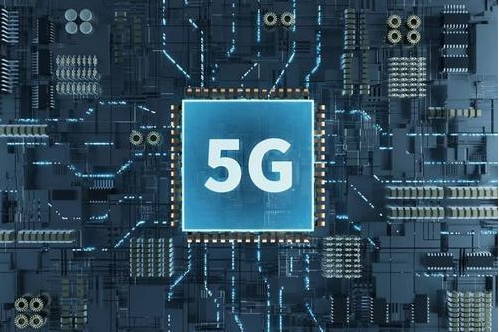 This is because 5G devices use different high-frequency bands to achieve high-speed data transmission, resulting in the demand and complexity of 5G RF front-end modules doubled, and the speed was unexpected.
This is because 5G devices use different high-frequency bands to achieve high-speed data transmission, resulting in the demand and complexity of 5G RF front-end modules doubled, and the speed was unexpected.
Complexity drives the rapid development of RF module market
This trend is confirmed by the data of several analysis institutions. According to Gartner’s prediction, the RF front-end market will reach US $21 billion by 2026, with a CAGR of 8.3% from 2019 to 2026; Yole’s forecast is more optimistic. They estimate that the overall market size of RF front-end will reach 25.8 billion US dollars in 2025. Among them, the RF module market will reach 17.7 billion US dollars, accounting for 68% of the total market size, with a compound annual growth rate of 8%; The scale of discrete devices was US $8.1 billion, accounting for 32% of the total market scale, with a CAGR of 9%.
Compared with the early multimode chips of 4G, we can also intuitively feel this change.
At that time, a 4G multimode chip only included about 16 frequency bands, which increased to 49 after entering the era of global all-netcom, and the number of 3GPP increased to 71 after adding 600MHz frequency band. If the 5G millimeter wave frequency band is considered again, the number of frequency bands will increase even more; The same is true for carrier aggregation technology – when carrier aggregation was just launched in 2015, there were about 200 combinations; In 2017, there was a demand for more than 1000 frequency bands; In the early stage of 5G development, the number of frequency band combinations has exceeded 10000.
But it is not only the number of devices that have changed. In practical applications, taking the 5G millimeter wave system operating in the 28GHz, 39GHz or 60GHz frequency band as an example, one of the biggest obstacles it faces is how to overcome the undesirable propagation characteristics. In addition, broadband data conversion, high-performance spectrum conversion, energy-efficiency ratio power supply design, advanced packaging technology, OTA testing, antenna calibration, etc., all constitute the design difficulties faced by the millimeter wave band 5G access system. It can be predicted that without excellent RF performance improvement, it is impossible to design 5G terminals with excellent connection performance and durable life.
Why is RF front-end so complex?
The RF front-end starts from the antenna, passes through the RF transceiver and ends at the modem. In addition, there are many RF technologies applied between antennas and modems. The figure below shows the components of RF front-end. For suppliers of these components, 5G provides a golden opportunity to expand the market, because the growth of RF front-end content is proportional to the increase of RF complexity.
A reality that cannot be ignored is that the RF front-end design cannot be expanded synchronously with the increasing demand for mobile wireless. Because spectrum is a scarce resource, most cellular networks today cannot meet the expected demand of 5G, so RF designers need to achieve unprecedented RF combination support on consumer devices and build cellular wireless designs with the best compatibility.
From Sub-6GHz to millimeter wave, all available spectrum must be utilized and supported in the latest RF and antenna design. Due to the inconsistency of spectrum resources, both FDD and TDD functions must be integrated into a RF front-end design. In addition, carrier aggregation increases the bandwidth of the virtual pipeline by binding the spectrum of different frequencies, which also increases the requirements and complexity of the RF front-end.
Post time: Jan-18-2023

